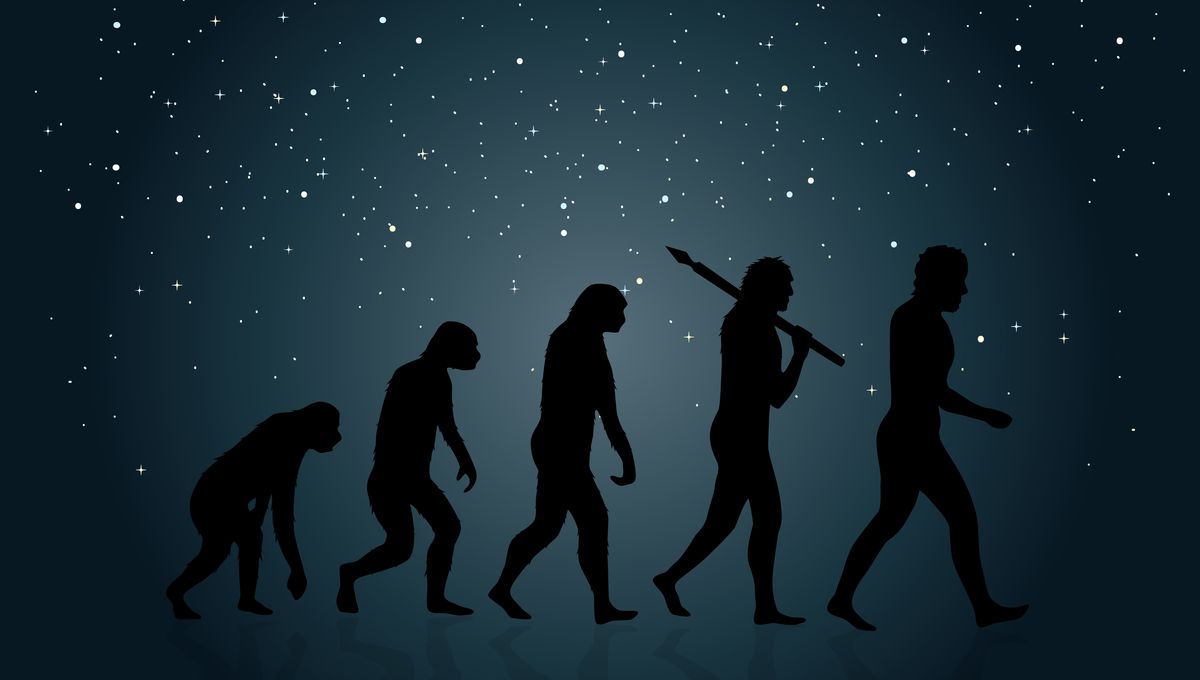
Back in 1893, Belgian paleontologist Louis Dollo developed the principle that, once a structure is lost in evolution, then it is lost forever. It basically treats evolution like a one-way street and that evolution is not reversible. This simple concept became known as Dollo’s law. However, the law may not be as simple as you might think.
Some scientists have broken down Dollo’s law even further into two parts.
- Lost complex characters are not regained.
- For an organism to lose the complex characteristics, the genetic and/ or developmental features have to accumulate so many mutations that they are unlikely to be reversed.
The first point seems simple enough. What gets more complicated is the second point, as with the development of new genetic methodologies, the thought that random genetic mutations cause some genes to be lost forever is becoming more doubtful. This means that old genetic pathways could be reactivated to reacquire characters or genes that are switched off can be switched on again.
For the second part of Dollo’s law to occur, it is presumed that this accumulation of mutations takes time, and during this time features could be re-expressed and could lead to the short-term reacquisition of some features.
Scientists have found wonderous natural examples that seem to go against at least the first point of the law, and this breakage may be more common than people think.
The lizards who began to re-lay eggs
One case is of the lizards who re-evolved to lay eggs, after previously evolving to give birth to live young. The Liolaemus lizard is a species that lives in colder climates, and to keep their offspring warm, they evolved internal gestation. Scientists found that when some Liolaemus species moved down to colonize the lowlands, where it was warmer, they seemed to start laying eggs again – seemingly, breaking Dollo’s law while they are at it.
This was not just unique to this type of lizard. The common lizard Zootoca vivipara also seemed to go from birthing live young to producing eggs.
The “missing” bone in birds
There was one study that found that the ancestral wrist bone seemed to make a comeback in the lineage leading to birds.
There were some dinosaurs that liked to walk on all fours. This meant that they needed strong wrists to support their weight, and one bone was called the pisiform. When dinosaurs began to walk on two legs, the bones in the wrist changed and the pisiform seemed to disappear, or there was no trace left in the fossil record.
As one group of dinosaurs evolved into birds, the wrist changed again and went from being straight to bent and hyperflexible, which allowed the birds to hold wings against their body. The birds developed a different type of wrist bone called the ulnare.
Investigating both the fossil record and modern bird embryos, researchers saw that the ulnare bone was present early in the development, but not in grown birds. However, there was a certain bone present in the adult form, which turned out to be the missing pisiform, that seemed to have emerged again.
Dust mites
Parasites are entirely dependent on the host, and once they become a parasite there is often no going back. Unless they are a dust mite, that is.
Dust mites are teeny tiny arachnids that are often living beside us in cushions and carpets. They are also organisms that have a free-living lifestyle. So, it was a surprise when scientists discovered that the house dust mite evolved from permanent parasites of warm-blooded vertebrates.
Despite Dollo’s attempt to simplify the world around him. There are plenty of examples found in nature that go against it.
All “explainer” articles are confirmed by fact checkers to be correct at time of publishing. Text, images, and links may be edited, removed, or added to at a later date to keep information current.
Source Link: Is Reversing Evolution Possible? Exploring The Implications Of Dollo's Law